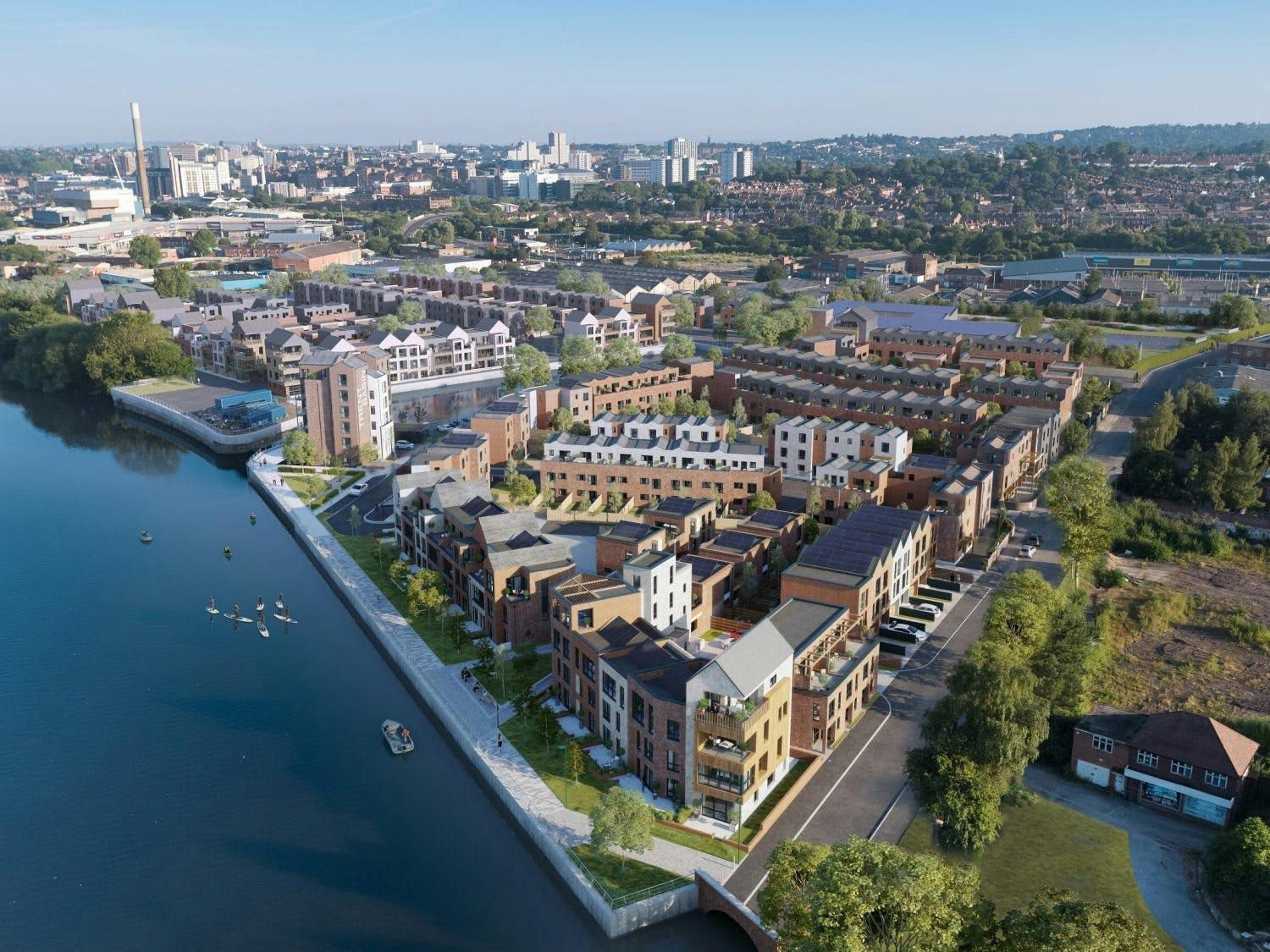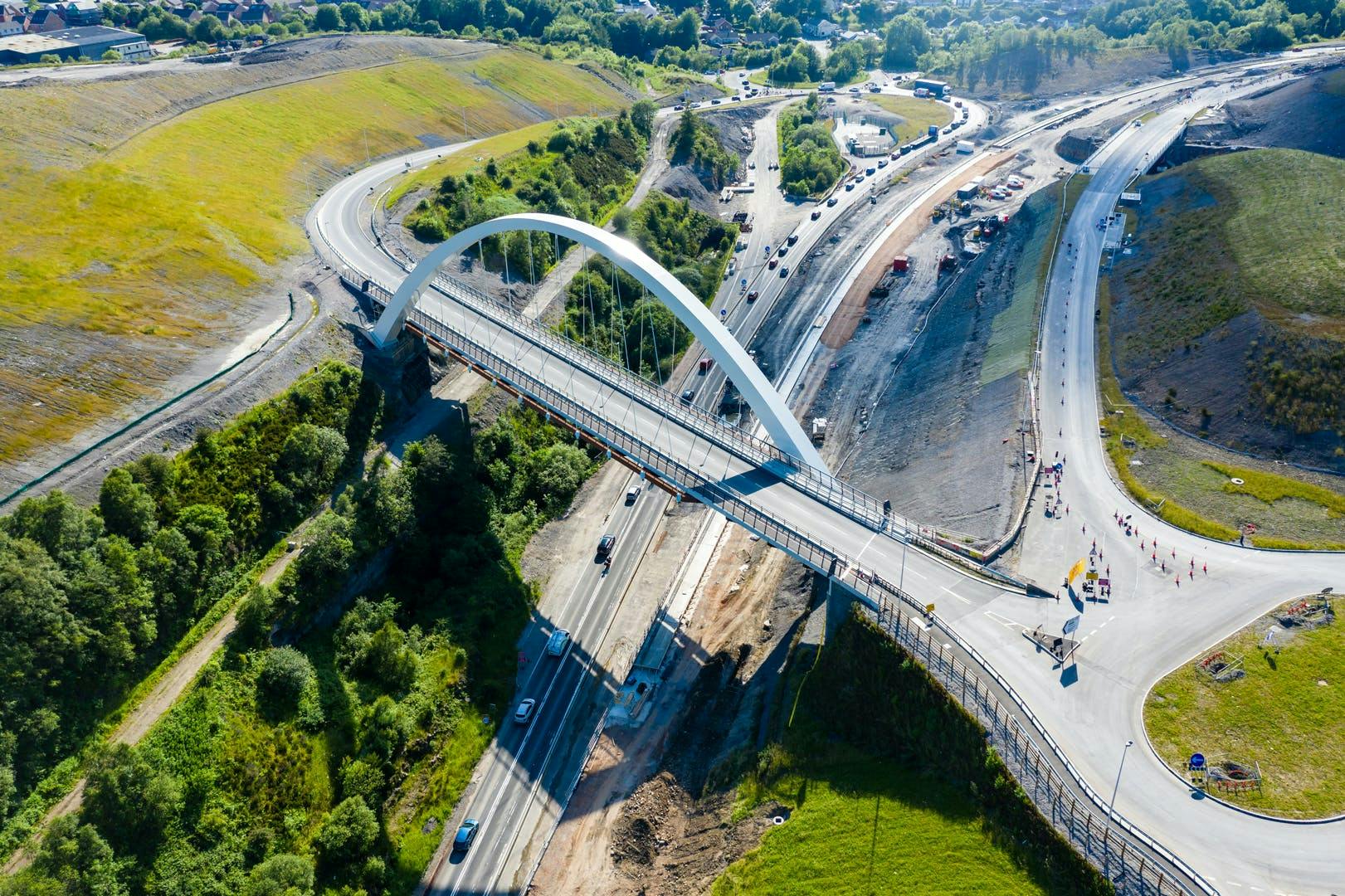Building a better quality of life by investing in infrastructure
The current economic challenges, paired with the cost of living crisis, has left people examining their quality of life now more than ever before. While the immediate term plan will surely require government intervention and spending, securing medium and long term quality of life could hinge on investing in the right infrastructure.
Infrastructure – particularly public infrastructure – is about a lot more than bricks and mortar. It’s about people; improving the quality of life of the communities that infrastructure serves. Construction is about so much more than what you’re building, be it a road, bridge, new home or school extension. It’s about investing wisely in order to create economic and social opportunities for growth.
As society continues towards a more modern mindset centred on wellbeing, the quality of life which infrastructure can better is more at the forefront of the discussion than ever before. While it may previously have been enough for a new building to meet the requirements of its purpose, now people are wanting it to do more, offer more, provide more.
Making the investment
This presents us with a unique opportunity to somewhat go back to the drawing board and incorporate much-needed innovation into the way in which we create things. While historically, people may have opted for the lowest cost option, it’s now proving that investment is required if we’re to get the best outcome.
One major aspect of this investment has to be in technology and innovation. Adopting new technologies and embracing the digital age allows companies to work more efficiently and get more out of their resources. While some technological advancements may come with an upfront cost attached, they can ultimately help to lower costs in the long run.
An example of this can be seen within BIM and BIM caves. While setting up a BIM cave is a fairly large initial investment, it can massively improve accuracy of drawings and 3D models by enabling engineers, architects and developers to better visualise their projects. This lowers the risk of errors (which can be costly to fix), as well as providing much more accurate estimates of materials, resulting in few trips to site, less waste and a smaller carbon footprint - all of which save money at the same time. Working in this way also improves health and safety on site, which counts towards creating a better quality of life.
Thinking of the future
Human behaviour is changing, and will no doubt continue to change. In order to create infrastructure which continues to provide added social value, we must future-proof it for generations to come.
Even just looking at transportation needs and our increased reliance on broadband should tell you that infrastructure of the past may no longer serve the communities of the present. Therefore we must rethink infrastructure planning and place a much larger focus on resilience. Ultimately, the goal should be to build better, faster and more resilient.
But thinking of the future isn’t just about the future communities that our infrastructure serves. It’s also about the future generation of infrastructure creators. If we’re to provide a better quality of life going forwards, we need to ensure we work to upskill our current workforce and invest in the next generation of engineers and other construction professionals so that the infrastructure pipeline can keep going.
By offering opportunities to young people, through schemes such as apprenticeships, we can continue to drive our economy and society forwards.
Protecting the planet
Of course, all of the investment in the world isn’t worth a penny if there’s no future to speak of. The very top of the priority list should be the sustainability agenda and working towards net zero. This will mean investing in new and existing infrastructure assets to achieve our collective environmental objectives.
By working together to fight the climate crisis, we should naturally improve quality of life at the same time. This is because building better for the planet usually means more green spaces, improved biodiversity, better insulation in homes, lower costs of living, and less waste. And that outcome is certainly something that strikes us as worth investing in.

